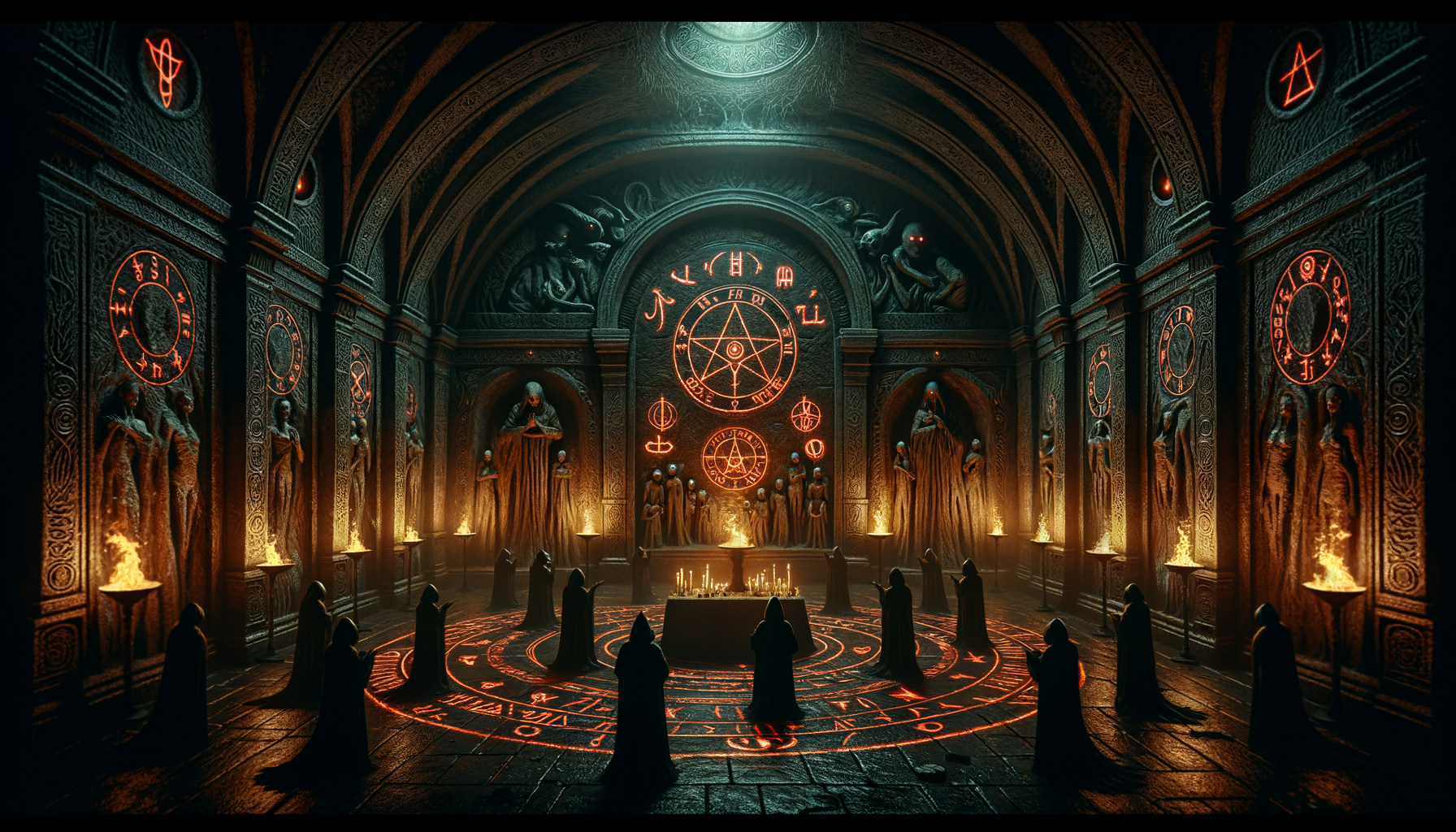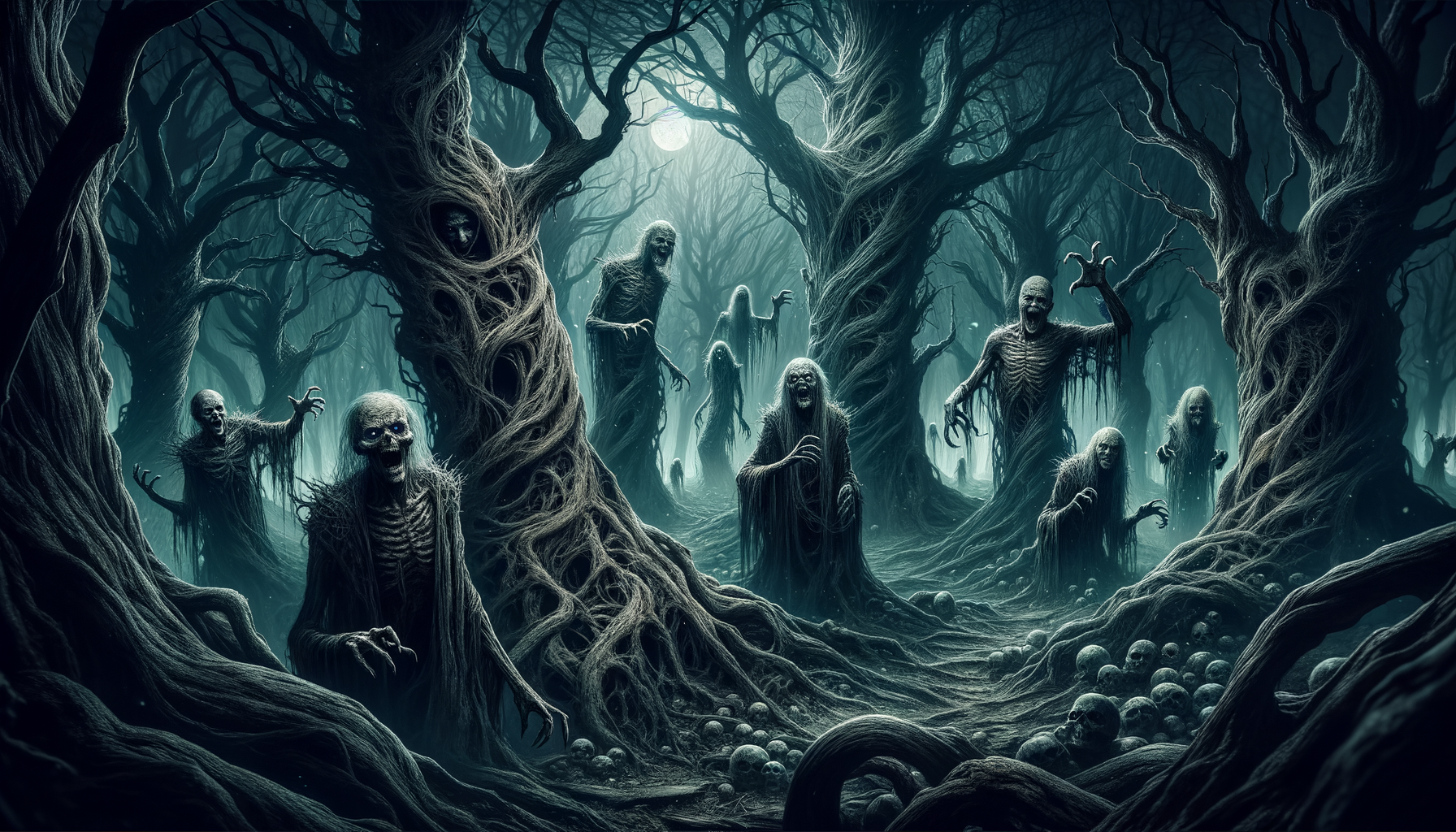Discover the intriguing world of Roman necromancy rituals! Learn how ancient Romans communicated with the dead and the dark practices involved.
Imagine a world where talking to the dead was not just possible but part of everyday rituals. Welcome to the intriguing universe of Roman necromancy rituals! This article delves deep into the ancient practices of Romans who sought to communicate with the spirits of the deceased. Combining both curiosity and fear, these rituals have fascinated historians and enthusiasts alike. Let’s uncover how these ancient rituals worked, the beliefs that fueled them, and their impact on Roman culture and beyond. Ready to embark on this eerie journey? Let’s dive in!
The Origin and History of Roman Necromancy
Early Beginnings
The roots of necromancy in Roman culture stretch back to ancient times, where the practice began as a means to communicate with the dead. Initially, it was more about reverence for ancestors and seeking their guidance rather than the dark arts it’s often associated with today. Over time, these practices evolved, becoming more structured and ritualistic as they integrated into Roman society.
Influences
Roman necromancy didn’t develop in isolation. It was significantly influenced by Greek and Etruscan practices. The Greeks, with their rich mythology and established rituals, provided a framework that the Romans adapted and made their own. Similarly, the Etruscans, known for their elaborate funerary practices and beliefs in the afterlife, contributed to the Roman understanding and methods of necromancy.
Literary References
Ancient texts offer valuable insights into Roman necromancy. Writers like Homer and Virgil weave narratives that include necromantic elements. For instance, in Virgil’s “Aeneid,” the hero Aeneas consults the spirit of his father, Anchises, to gain wisdom and guidance, showcasing the cultural acceptance and significance of such practices in Roman times.
Beliefs and Purposes Behind Necromancy
Afterlife Beliefs
To understand Roman necromancy, one must first grasp their views on the afterlife. Romans believed in a continued existence after death, where spirits retained their wisdom and could influence the living world. This belief laid the foundation for necromantic practices, as communicating with the dead was seen as a way to gain knowledge and foresight.
Consulting the Dead
Romans sought to communicate with spirits for various reasons. Commonly, it was to seek advice on important decisions, gain knowledge of future events, or resolve unfinished business. The dead were considered powerful allies who could offer insights beyond the mortal realm.
Spiritual Significance
Necromancy held a significant place in Roman religious and ceremonial contexts. It wasn’t merely about dark magic but was intertwined with rituals that honored the dead and the gods. These practices were often conducted with a sense of reverence and solemnity, highlighting their spiritual importance.
Popular Necromancy Rituals and Techniques
The Necromantic Circle
One of the essential elements of Roman necromancy was the necromantic circle. This circle, often inscribed with specific symbols and runes, served as a protective barrier and a focal point for summoning spirits. Each symbol had its meaning and purpose, contributing to the overall efficacy of the ritual.
Invocation Methods
Summoning spirits was a detailed process. Romans followed specific steps that included preparing the ritual space, invoking the spirits through chants and offerings, and maintaining a respectful demeanor throughout the ceremony. These methods were believed to ensure successful communication with the dead.
Protective Measures
Necromancy carried risks, and Romans were keenly aware of the potential dangers. To protect themselves, they employed various safeguards and rites. These included using protective charms, invoking the gods’ protection, and adhering to strict ritual protocols to prevent malevolent spirits from causing harm.
Key Figures and Stories in Roman Necromancy
Famous Necromancers
Roman history is replete with legendary figures known for their necromantic prowess. These necromancers were often regarded with a mix of awe and fear, as their abilities to communicate with the dead set them apart from ordinary mortals. Their stories have been passed down through generations, adding to the mystique of Roman necromancy.
Mythical Tales
Roman mythology is rich with tales of necromancy. These stories often feature heroes and gods engaging in necromantic practices to achieve their goals. Such narratives not only entertain but also reflect the cultural significance of necromancy in Roman society.
Historical Accounts
There are recorded instances of necromancy in Roman history that provide a glimpse into how these practices were perceived and conducted. These accounts, documented by historians and scholars, offer a fascinating look into the real-life application of necromantic rituals.
The Legacy and Impact of Roman Necromancy Today
Cultural Influence
Roman necromancy has left a lasting legacy, influencing modern occult practices. Elements of Roman rituals and beliefs can be seen in contemporary necromantic traditions, showcasing the enduring impact of these ancient practices.
Media Representation
The allure of Roman necromancy has found its way into popular media. Books, movies, and TV shows often depict Roman necromantic rituals, blending historical accuracy with creative storytelling to captivate audiences.
Modern Interpretations
Today, scholars and enthusiasts continue to explore Roman necromancy, offering new interpretations and insights. Contemporary perspectives often seek to demystify these ancient practices, highlighting their cultural and historical significance rather than viewing them solely through a lens of superstition.
Conclusion
Roman necromancy rituals offer a fascinating glimpse into the ancient world’s darker spiritual practices. From their origins and purposes to the intricate rituals and their lasting legacy, these practices continue to capture our imagination. If you’re eager to learn more about ancient rituals or explore other mysterious historical practices, stay tuned and share your thoughts with us! What did you find most intriguing? Let’s keep the conversation alive!




